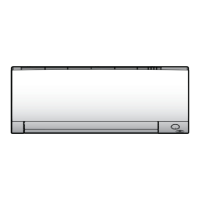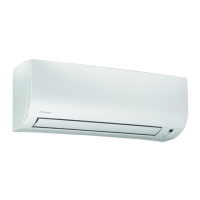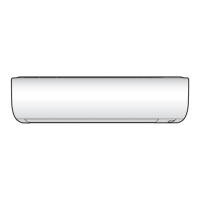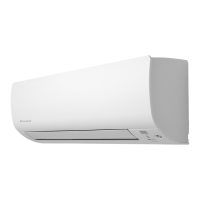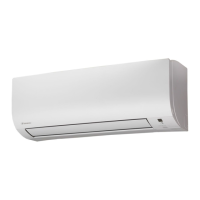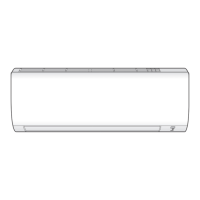What to do if Daikin FTXP35N5V1B9 Air Conditioner user interface displays unit number, operation lamp flashes and malfunction code appears?
- NNancy EnglishAug 5, 2025
If the user interface display indicates the unit number, the operation lamp flashes and a malfunction code appears, notify your installer and report the malfunction code.
